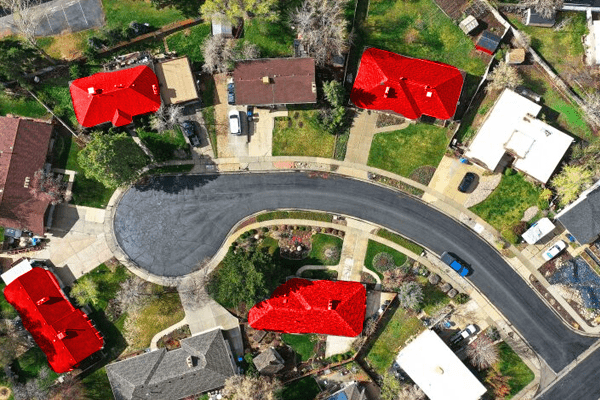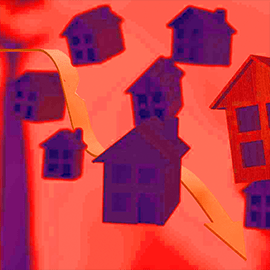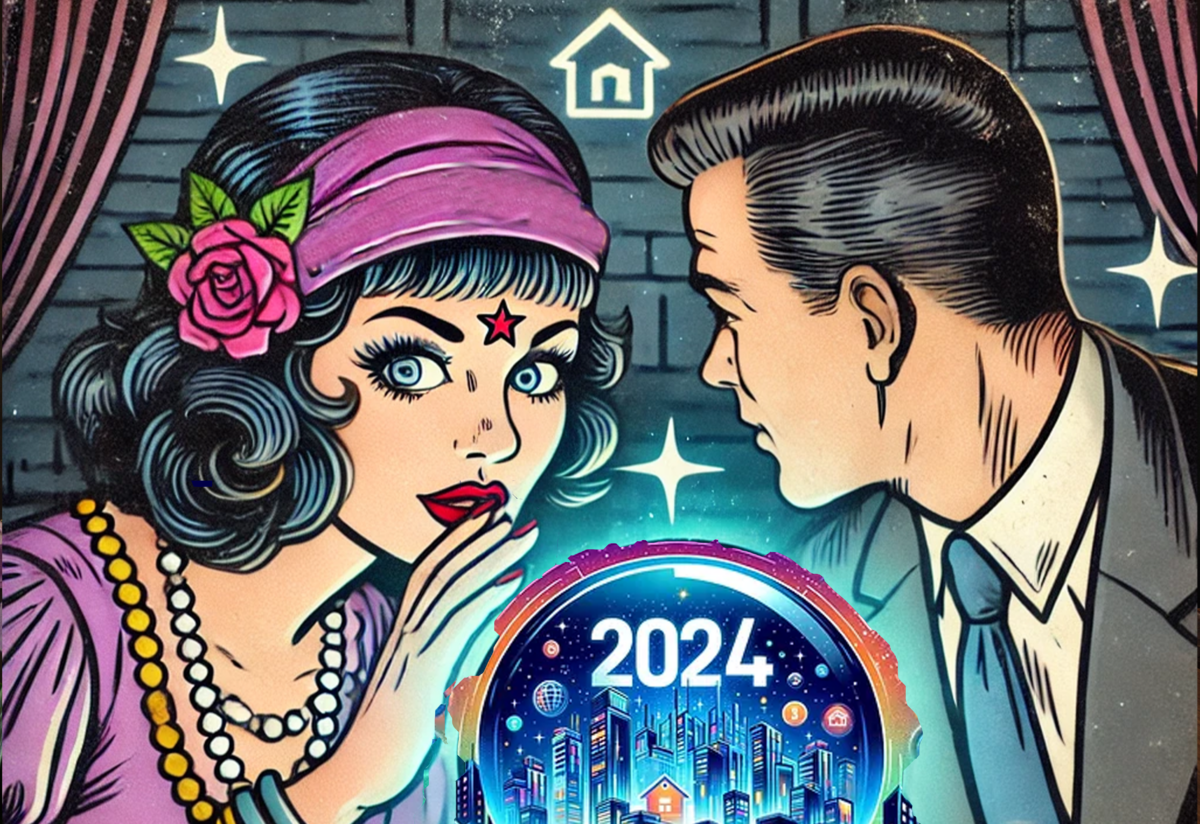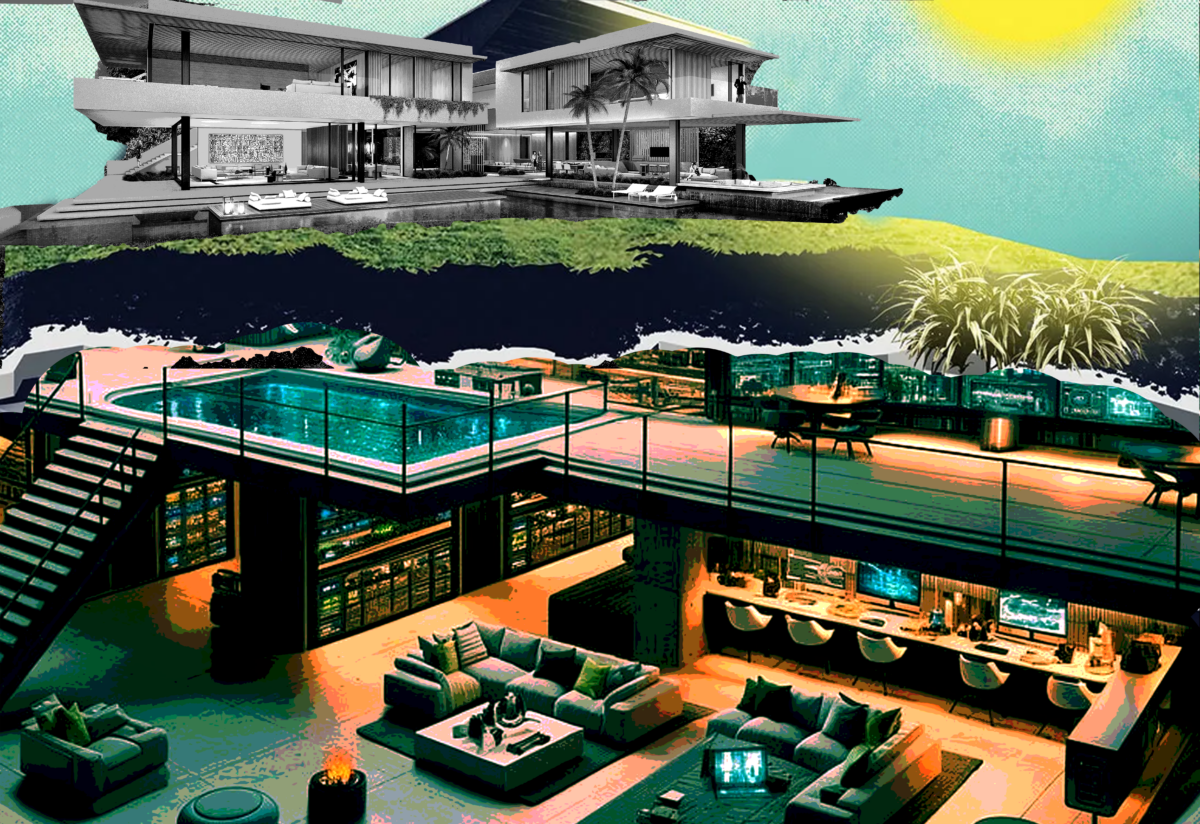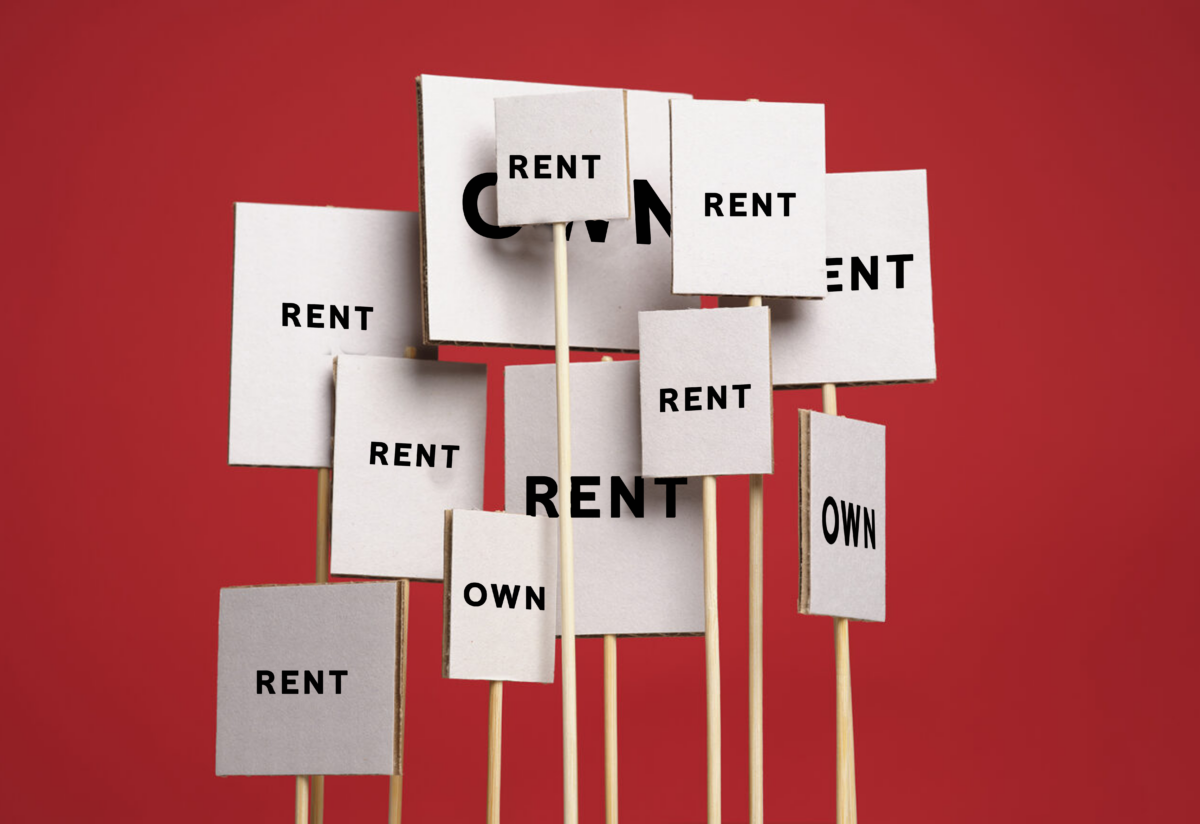Do Celebrities Live in Hollywood Hills? Unveiling the Star-Studded Neighborhoods
Discover Where Celebrities Really Live in Hollywood Hills

As a long-time resident of Los Angeles and a real estate enthusiast, I’ve always been fascinated by the allure of Hollywood Hills. The question Do celebrities live in Hollywood Hills? is one I’ve heard countless times, and today, I’m excited to take you on a journey through this star-studded enclave. From my personal experiences and observations, coupled with insights from industry experts, we’ll explore the neighborhoods that celebrities call home and uncover what makes this area so irresistible to the rich and famous.
The Hollywood Hills: A Celebrity Haven
When I first moved to LA, I was immediately drawn to the mystique of Hollywood Hills. The winding roads, lush landscapes, and breathtaking views of the city below seemed like something out of a movie – which, in many ways, they are. It’s no wonder that this area has become synonymous with celebrity living.
Hollywood Hills isn’t just a neighborhood; it’s a lifestyle. The area offers a perfect blend of privacy and proximity to the heart of the entertainment industry. As I’ve explored these hills over the years, I’ve come to understand why so many celebrities choose to make their homes here.
- Unparalleled Privacy: The secluded properties offer a retreat from the public eye.
- Stunning Views: Panoramic vistas of Los Angeles and beyond are a major draw.
- Proximity to Work: It’s just a short drive to major studios and entertainment hubs.
- Exclusive Amenities: High-end restaurants, boutiques, and wellness centers cater to discerning residents.
A Historical Perspective
The Hollywood Hills’ association with celebrity culture dates back to the early days of the film industry. In the 1920s and 1930s, as Hollywood began to flourish, movie stars and studio executives started building homes in the hills to escape the bustle of the city below. This trend set the stage for the area’s enduring appeal to the entertainment elite.
One of my favorite historical anecdotes involves the legendary Errol Flynn, who owned a home in the Hollywood Hills in the 1940s. His parties were notorious, and it’s said that he installed secret passageways in his house to help his female guests avoid detection. While I can’t personally verify these tales, they contribute to the area’s mystique and glamorous reputation.
Celebrity Impact on Local Real Estate
The presence of celebrities in Hollywood Hills has had a significant impact on the local real estate market. According to recent data from the Multiple Listing Service, the median home price in Hollywood Hills reached $2,198,000 in 2023, representing a 5.2% increase from the previous year. This growth rate outpaces many other areas in Los Angeles, highlighting the continued desirability of the neighborhood.
I’ve witnessed this trend firsthand. A few years ago, I attended an open house for a property that had been previously owned by a well-known actor. The asking price was nearly double that of similar homes in the area, solely due to its celebrity pedigree. To my surprise, it sold within a week, demonstrating the premium that buyers are willing to pay for a piece of Hollywood history.
Iconic Neighborhoods in Hollywood Hills
The Bird Streets: Where Stars Nest in Luxury
The Bird Streets have always fascinated me. This exclusive enclave, named for its avian-themed street names like Blue Jay Way and Oriole Drive, is arguably the most coveted area in Hollywood Hills. I remember the first time I drove through these streets, marveling at the modern mansions perched on the hillsides.
What makes the Bird Streets so special? It’s all about location, privacy, and prestige. The homes here offer some of the most spectacular views in Los Angeles. I’ve had the privilege of attending a few events in homes in this area, and I can tell you, the panoramic vistas of the city and ocean are simply breathtaking.
Notable residents have included Leonardo DiCaprio, Jennifer Aniston, and Keanu Reeves. The architectural styles range from sleek modern designs to more traditional Mediterranean villas. It’s a place where creativity meets luxury, and the result is truly spectacular.
Case Study: The Blue Jay Way Mansion
One particular property in the Bird Streets that stands out in my memory is a mansion on Blue Jay Way. This 10,000 square foot home, designed by renowned architect Paul McClean, sold for a staggering $42.5 million in 2019. The sale made headlines and set a new record for the area at the time.
I had the opportunity to tour this property during a charity event, and it left a lasting impression. The home featured a 160-foot-long pool that seemed to float above the city, walls of glass that disappeared at the touch of a button, and an underground garage that looked more like a luxury car showroom. It was a perfect example of the no-expense-spared approach to luxury living that defines the Bird Streets.
Laurel Canyon: Bohemian Rhapsody Meets Modern Luxury
Hollywood Hills’ Laurel Canyon holds a special place in my heart. Its rich musical history and counterculture vibe have always drawn me in. This neighborhood, once home to rock legends like Jim Morrison and Joni Mitchell, has evolved while still maintaining its artistic soul.
Today, Laurel Canyon is a unique blend of its bohemian past and modern luxury. The winding roads and lush greenery give it a secluded, almost rural feel, despite being minutes from the Sunset Strip. I’ve spent many afternoons exploring its hidden hiking trails and admiring the eclectic mix of homes.
Celebrities who have called Laurel Canyon home include actors like George Clooney and musicians like Christina Aguilera. The homes here range from charming mid-century bungalows to expansive modern estates. It’s this diversity that makes Laurel Canyon so appealing to creative types who want a taste of nature without sacrificing city conveniences.
The Musical Legacy of Laurel Canyon
The musical heritage of Laurel Canyon is a significant part of its appeal. In the 1960s and 1970s, it was the epicenter of the folk-rock music scene. Artists like Crosby, Stills & Nash, The Mamas & The Papas, and Carole King all lived and created music here.
I once had the chance to visit a small, unassuming house on Lookout Mountain Avenue that was once owned by Joni Mitchell. Standing in the living room where she wrote some of her most famous songs, I could feel the creative energy that still permeates the neighborhood. This connection to musical history continues to attract artists and musicians to Laurel Canyon today.
Other Notable Areas in Hollywood Hills
Sunset Plaza: Where Serenity Meets Celebrity
Sunset Plaza is another gem in the Hollywood Hills crown. What I love about this area is its perfect balance of tranquility and accessibility. It’s just steps away from the bustling Sunset Strip, yet it feels worlds apart.
The homes in Sunset Plaza are perched on hillsides, offering stunning city views. I’ve always been impressed by how the architecture here takes full advantage of the landscape. Floor-to-ceiling windows and expansive terraces are common features, blurring the lines between indoor and outdoor living.
Celebrities like Johnny Depp and Matthew Perry have owned homes in this area. The appeal lies in its serene atmosphere combined with easy access to world-class dining and shopping. It’s the ideal spot for those who want to be close to the action but still have a peaceful retreat to call home.
The Sunset Plaza Lifestyle
One of my favorite aspects of Sunset Plaza is its walkability. Unlike many parts of Los Angeles, this area allows residents to stroll to high-end boutiques, cafes, and restaurants. On any given day, you might spot a celebrity having a casual lunch at one of the outdoor cafes or shopping at designer stores.
I once bumped into a well-known actress at a local coffee shop. What struck me was how relaxed and at home she seemed, chatting with the barista like any other regular customer. This blend of luxury and normalcy is what makes Sunset Plaza unique within Hollywood Hills.
Beachwood Canyon: Hollywood’s Hidden Gem
Beachwood Canyon is often overlooked, but it’s one of my favorite areas in Hollywood Hills. It’s home to the iconic Hollywood sign, and living here feels like you’re part of Hollywood history. The neighborhood has a more rustic, village-like feel compared to other parts of the Hills.
What sets Beachwood Canyon apart is its sense of community. Despite being home to many celebrities, it maintains a neighborly vibe. I’ve attended local events here and always felt a warm, welcoming atmosphere. The homes range from charming 1920s bungalows to modern architectural marvels.
Celebrities like Mindy Kaling and Moby have called Beachwood Canyon home. It’s perfect for those who want a quieter lifestyle while still being in the heart of Hollywood. The proximity to Griffith Park also makes it ideal for nature lovers and hiking enthusiasts.
The Hollywood Sign: Beachwood Canyon’s Iconic Landmark
Living in Beachwood Canyon means having the Hollywood Sign as your neighbor. This proximity to such an iconic landmark adds a unique charm to the area. However, it also comes with challenges. The influx of tourists trying to get close to the sign has led to traffic issues and privacy concerns for residents.
I’ve spoken with several Beachwood Canyon homeowners about this, and their experiences are mixed. Some enjoy the lively atmosphere and international visitors, while others have installed elaborate security systems to maintain their privacy. It’s a fascinating example of how living in a celebrity-filled neighborhood can impact daily life in unexpected ways.
The Allure of Hollywood Hills: An Expert’s Perspective
I reached out to Heather Boyd, a renowned real estate expert with Hilton & Hyland, to get her insights on why celebrities flock to Hollywood Hills. She shared, The Hollywood Hills is one of the most coveted locations in LA, home to industry professionals and celebrities alike. It offers an unparalleled combination of privacy, luxury, and convenience that’s hard to find elsewhere in the city.
Boyd also noted the investment potential of the area. Properties in Hollywood Hills have consistently appreciated over time, she explained. For celebrities and high-net-worth individuals, it’s not just about finding a home; it’s about making a smart investment in prime real estate.
Real Estate Trends in Hollywood Hills
According to recent data from Realtor.com, the Hollywood Hills real estate market has shown remarkable resilience and growth:
- The median listing home price in Hollywood Hills was $2.4M in November 2023, trending up 6.7% year-over-year.
- On average, homes in Hollywood Hills sell after 61 days on the market.
- The sale-to-list price ratio is 97.51%, indicating that homes are selling close to their asking prices.
These statistics underscore Boyd’s assessment of the area’s investment potential. As someone who’s been watching this market for years, I can attest to the steady appreciation of properties in Hollywood Hills.
The Lifestyle of Hollywood Hills Celebrities
Living in Hollywood Hills offers celebrities a unique lifestyle that balances privacy with accessibility. From my observations and conversations with local residents, here are some key aspects of celebrity life in the Hills:
Privacy and Security
Many homes in Hollywood Hills are equipped with state-of-the-art security systems and gated entrances. I’ve seen properties with everything from facial recognition technology to private security patrols. This level of protection allows celebrities to relax in their homes without worrying about unwanted intrusions.
Wellness and Fitness
The Hills are dotted with exclusive gyms, spas, and wellness centers catering to the health-conscious celebrity crowd. I’ve noticed a trend towards in-home gyms and spa facilities as well. One actress I met at a local event told me about her custom-built yoga studio with panoramic views of the city – a perfect example of how celebrities blend luxury with wellness in their homes.
Entertainment and Socializing
Despite the emphasis on privacy, Hollywood Hills is also known for its legendary parties and social gatherings. I’ve heard stories of impromptu jam sessions in Laurel Canyon and star-studded dinner parties in the Bird Streets. These events often happen behind closed doors, maintaining the area’s exclusive and private atmosphere.
Nature and Outdoor Activities
The proximity to Runyon Canyon and Griffith Park offers celebrities easy access to hiking trails and outdoor activities. I often see well-known faces on the trails early in the morning or at sunset, enjoying the natural beauty of the area while staying fit.
Challenges of Celebrity Living in Hollywood Hills
 While Hollywood Hills offers many advantages for celebrity residents, it’s not without its challenges:
While Hollywood Hills offers many advantages for celebrity residents, it’s not without its challenges:
Paparazzi and Tourism
The high concentration of celebrities in the area can attract paparazzi and curious fans. I’ve witnessed tour buses slowly cruising through neighborhoods, pointing out Hollywood Hills celebrity homes. This can be intrusive for residents seeking privacy.
Fire Risk
The hillside location, while beautiful, comes with an increased risk of wildfires. I remember the 2018 Woolsey Fire, which came dangerously close to many celebrity homes in the area. This natural threat is a constant concern for residents.
Traffic and Access
The winding, narrow roads of Hollywood Hills can make traffic a challenge, especially during peak hours or events. I’ve experienced firsthand how a simple trip down the hill can turn into a time-consuming journey during rush hour.
The Future of Hollywood Hills
As Hollywood Hills continues to evolve, I’ve noticed some emerging trends that could shape its future:
Sustainable Living
There’s a growing emphasis on eco-friendly and sustainable home designs. I’ve toured several newly built or renovated homes that incorporate solar panels, rainwater harvesting systems, and energy-efficient technologies.
Tech Integration
Smart home technology is becoming increasingly prevalent. From voice-controlled lighting to advanced security systems, celebrities are embracing these innovations to enhance their living experiences.
Architectural Diversity
While modern, minimalist designs have been popular in recent years, I’m seeing a resurgence of interest in more traditional architectural styles. This blend of old and new adds to the eclectic charm of Hollywood Hills.
Conclusion: The Enduring Appeal of Hollywood Hills
Hollywood Hills continues to be a magnet for celebrities and those seeking a taste of the star-studded lifestyle. Its unique blend of privacy, luxury, and proximity to the entertainment industry makes it an unparalleled destination for the rich and famous. Whether it’s the exclusive Bird Streets, the artistic enclave of Laurel Canyon, or the serene retreats of Sunset Plaza and Beachwood Canyon, Hollywood Hills offers something for every celebrity’s taste and lifestyle preference.
As I reflect on my experiences exploring these neighborhoods and interacting with residents, I’m reminded of why Hollywood Hills holds such a special place in the cultural landscape of Los Angeles. It’s more than just a collection of luxury homes; it’s a symbol of success, creativity, and the enduring allure of Hollywood itself.
So, do celebrities live in Hollywood Hills? Absolutely. But more than that, they thrive here, finding a perfect balance between their public personas and private lives. For those of us who call Los Angeles home, the Hollywood Hills serve as a constant reminder of the dreams and aspirations that continue to draw people to this city of stars.
The Hollywood Hills represent a unique convergence of natural beauty, architectural innovation, and cultural significance. As the entertainment industry continues to evolve, so too will this iconic neighborhood, adapting to the changing needs and preferences of its celebrity residents while maintaining its timeless appeal.
For anyone fascinated by celebrity culture or the dynamics of luxury real estate, Hollywood Hills offers an endless source of intrigue and inspiration. It’s a place where dreams are made, both on screen and off, and where the magic of Hollywood comes to life in the most personal and intimate of settings – home.
FAQs
Q: What makes Hollywood Hills attractive to celebrities?
A: From my experience, Hollywood Hills offers an unbeatable combination of privacy, luxury, and convenience. The secluded properties provide a retreat from public scrutiny, while the proximity to major studios and entertainment venues makes it ideal for industry professionals. The stunning views and exclusive amenities are additional draws that make it a celebrity hotspot.
Q: Which celebrities currently live in Hollywood Hills?
A: While celebrity residences can change frequently, some notable names known to have homes in Hollywood Hills include Leonardo DiCaprio, Keanu Reeves, and Ariana Grande. During my time exploring the area, I’ve spotted several celebrities and heard countless stories from locals about star sightings. However, it’s important to respect their privacy and remember that these are their personal homes.
Q: How can one visit or tour celebrity neighborhoods in Hollywood Hills?
A: As someone who’s lived in LA for years, I can tell you that the best way to experience Hollywood Hills is to take a scenic drive through the area. Mulholland Drive offers spectacular views and passes by many celebrity neighborhoods. There are also guided tours available, but I’d recommend respecting residents’ privacy and avoiding any tours that promise close-up views of specific homes. Instead, focus on enjoying the beautiful architecture and landscapes that make Hollywood Hills special.
Q: What is the average home price in Hollywood Hills?
A: Based on recent data from Realtor.com, the median listing home price in Hollywood Hills was $2.4M in November 2023. However, prices can vary significantly depending on the specific neighborhood and property features. In exclusive areas like the Bird Streets, prices can easily reach tens of millions of dollars. The Hollywood Hills average house price can fluctuate based on market conditions and specific property characteristics.
Q: Are there any public spaces in Hollywood Hills where one might spot celebrities?
A: While celebrity sightings are never guaranteed, there are some public spaces in and around Hollywood Hills where you might have a chance encounter. Runyon Canyon is a popular hiking spot for both celebrities and locals. Additionally, the cafes and boutiques along Sunset Plaza are known to attract celebrity clientele. However, it’s important to remember to be respectful and not intrude on anyone’s privacy.
Q: How has the presence of celebrities affected the local community in Hollywood Hills?
A: The celebrity presence has had a significant impact on the community. On one hand, it has driven up property values and attracted high-end businesses to the area. On the other hand, it has also led to increased traffic and tourism, which can be a nuisance for some residents. From my conversations with long-time locals, most feel that the benefits outweigh the drawbacks, but it has definitely changed the character of the neighborhood over time.
Q: What are some of the most exclusive streets or areas within Hollywood Hills?
A: Based on my knowledge and experience, some of the most exclusive areas within Hollywood Hills include:
- The Bird Streets (Blue Jay Way, Oriole Drive, etc.)
- Mulholland Drive
- Sunset Plaza Drive
- Laurel Canyon Boulevard (especially the upper portions)
- Outpost Estates
These areas are known for their multi-million dollar homes and frequent celebrity residents.
Q: How do celebrities maintain privacy in such a well-known area?
A: Privacy is a top concern for celebrity residents in Hollywood Hills. From what I’ve observed, they employ various strategies:
- High walls and gates around properties
- Advanced security systems and private security teams
- Strategically placed landscaping to block views from the street
- Tinted windows on homes and vehicles
- Choosing properties on secluded, less accessible streets
Additionally, many celebrities own their homes through LLCs or trusts to keep their names off public records.
Q: Are there any historical landmarks or famous homes in Hollywood Hills?
A: Yes, Hollywood Hills is home to several historical landmarks and famous residences. Some notable examples include:
- The Hollywood Sign (technically in Beachwood Canyon)
- Storer House, designed by Frank Lloyd Wright
- The John Sowden House, also known as the Jaws House
- The Chemosphere, a unique octagonal house designed by John Lautner
These landmarks contribute to the rich architectural and cultural history of the area.
Q: How has the real estate market in Hollywood Hills changed over the past decade?
A: Over the past decade, the Hollywood Hills real estate market has seen significant growth and changes. Based on my observations and data from Zillow, key trends include:
- Steady appreciation in home values, outpacing many other Los Angeles neighborhoods
- Increased demand for modern, tech-integrated homes
- Growing interest in sustainable and eco-friendly design features
- A trend towards larger, more luxurious properties with extensive amenities
- Increased international buyer interest, particularly from Asia and Europe
The market has shown resilience even during economic downturns, largely due to the area’s desirability and limited housing stock. Many wonder, is Hollywood Hills expensive? The answer is generally yes, given its prime location and celebrity appeal.
When comparing Hollywood vs Hollywood Hills, it’s important to note that while both areas are associated with the entertainment industry, Hollywood Hills offers a more exclusive and residential atmosphere compared to the more commercialized and tourist-oriented Hollywood proper.
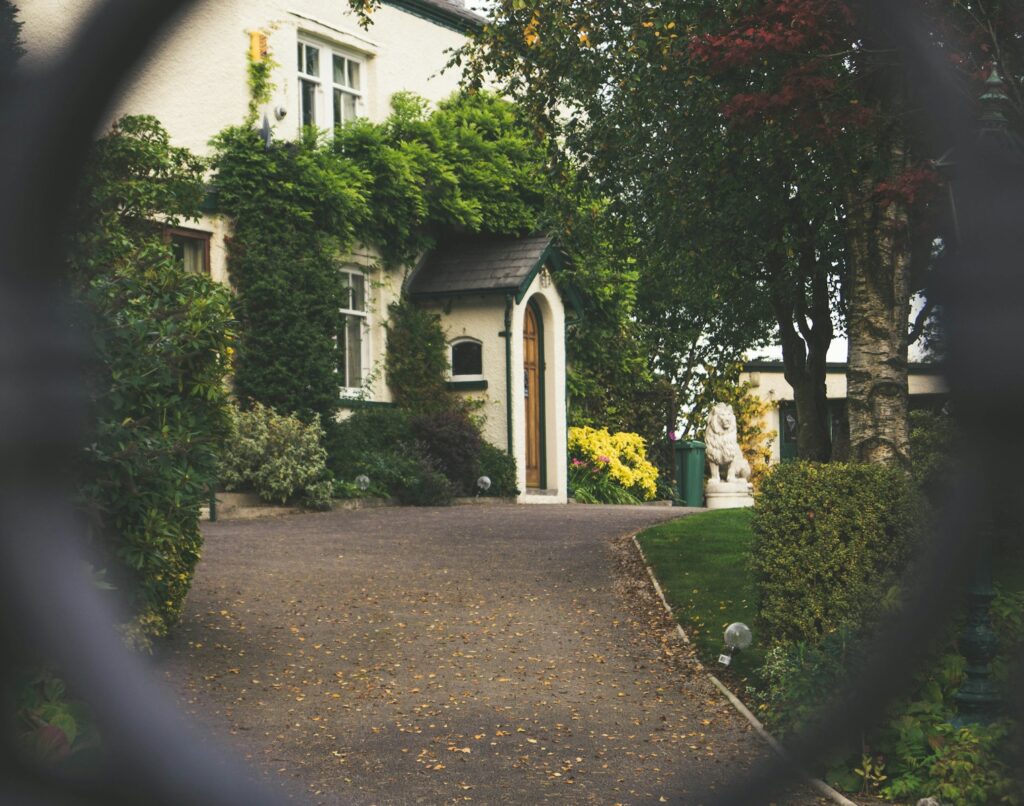
 When it comes to gated communities, the amenities are often what sets them apart. I’ve seen my fair share of luxury facilities, but some of these communities take it to a whole new level. It’s not just about having a pool or a gym anymore – it’s about creating a lifestyle.
When it comes to gated communities, the amenities are often what sets them apart. I’ve seen my fair share of luxury facilities, but some of these communities take it to a whole new level. It’s not just about having a pool or a gym anymore – it’s about creating a lifestyle. As a long-time resident of
As a long-time resident of  What many people don’t realize is that our police force offers a wide range of services beyond traditional law enforcement. They provide free home security assessments, self-defense classes for women, and even a youth mentoring program.
What many people don’t realize is that our police force offers a wide range of services beyond traditional law enforcement. They provide free home security assessments, self-defense classes for women, and even a youth mentoring program.
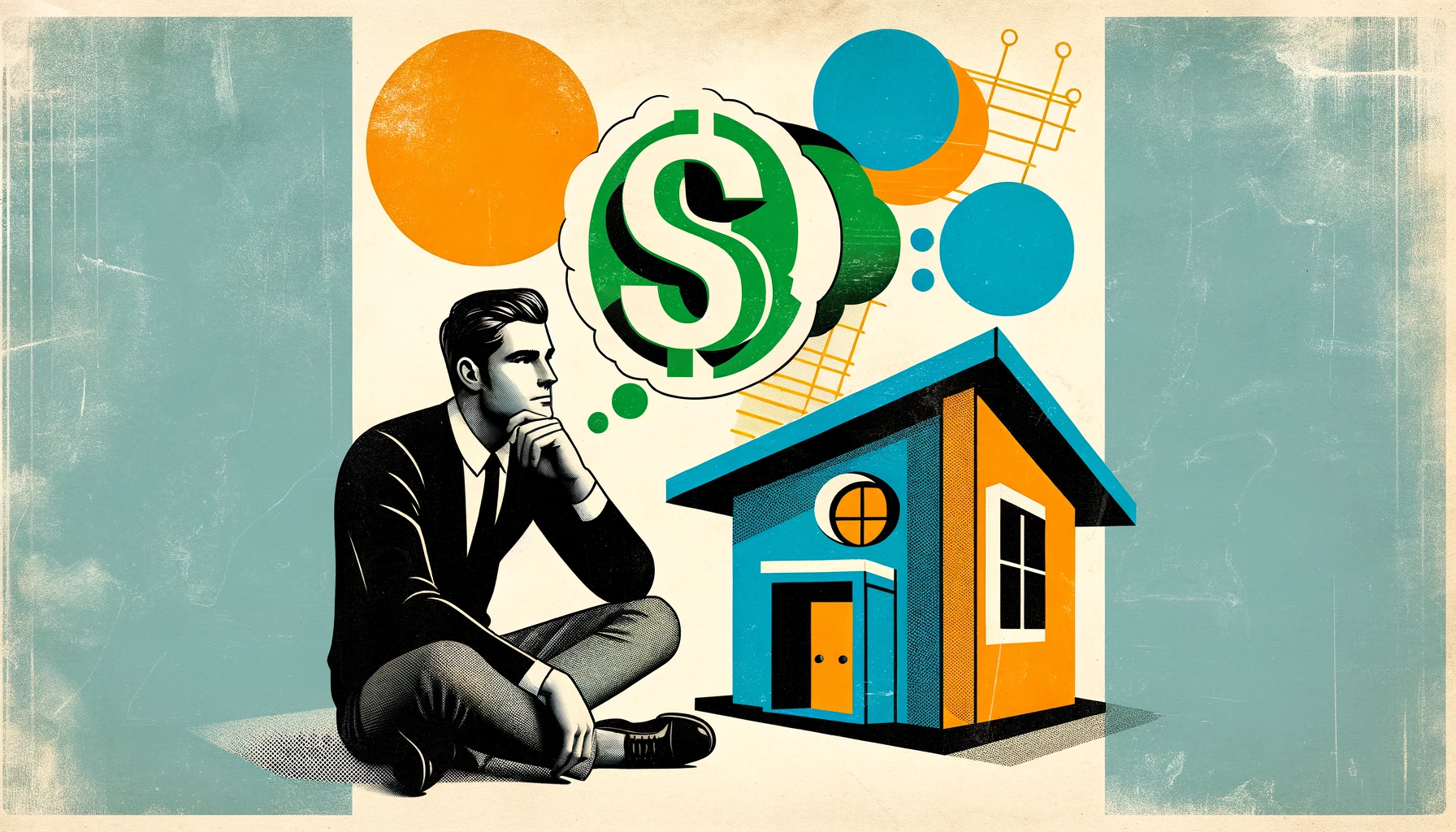




 Armed with a budget and an ally, it’s time to plunge into the thrilling search.
Armed with a budget and an ally, it’s time to plunge into the thrilling search. With the finale looming, it’s time to seize the moment.
With the finale looming, it’s time to seize the moment.
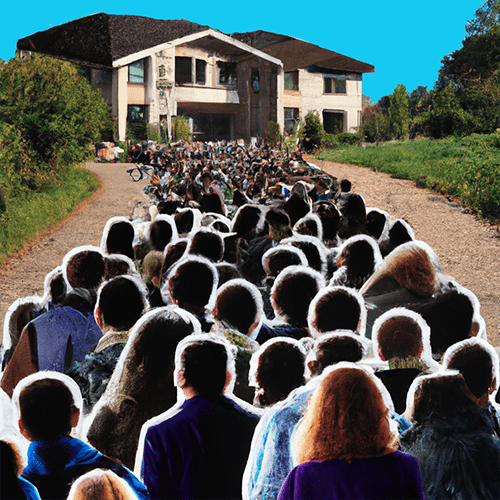
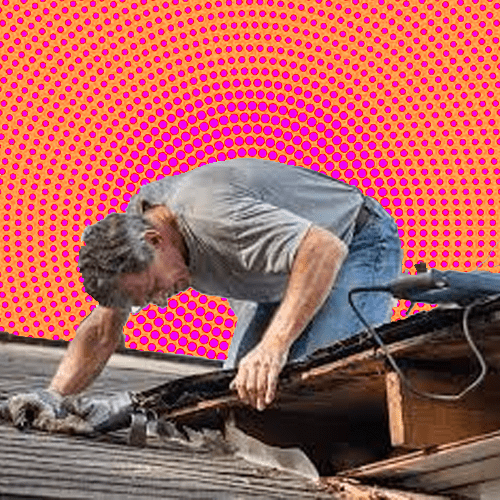 3. Consider Condition
3. Consider Condition


